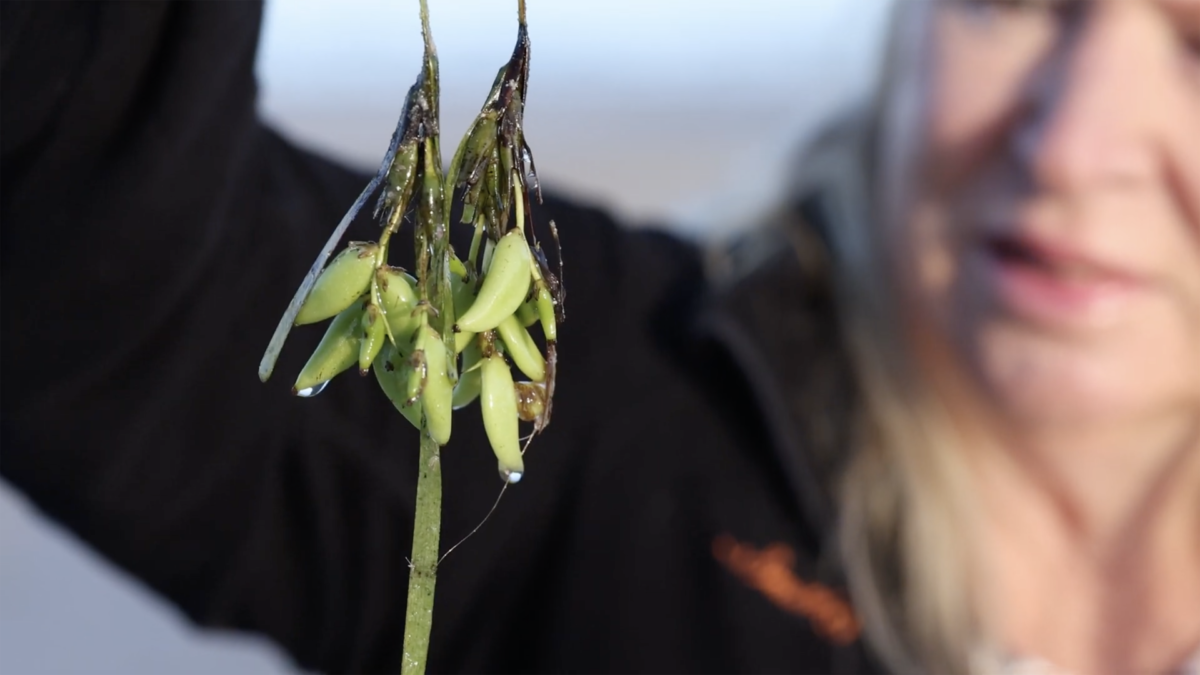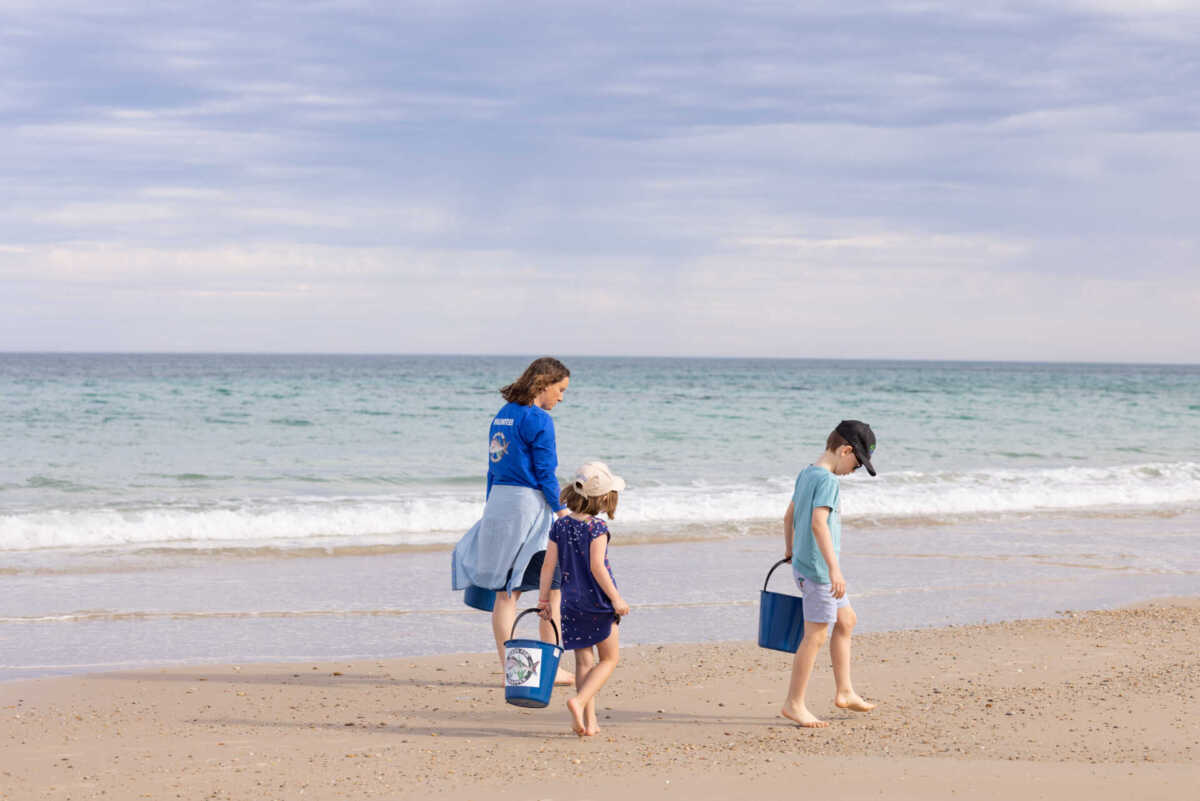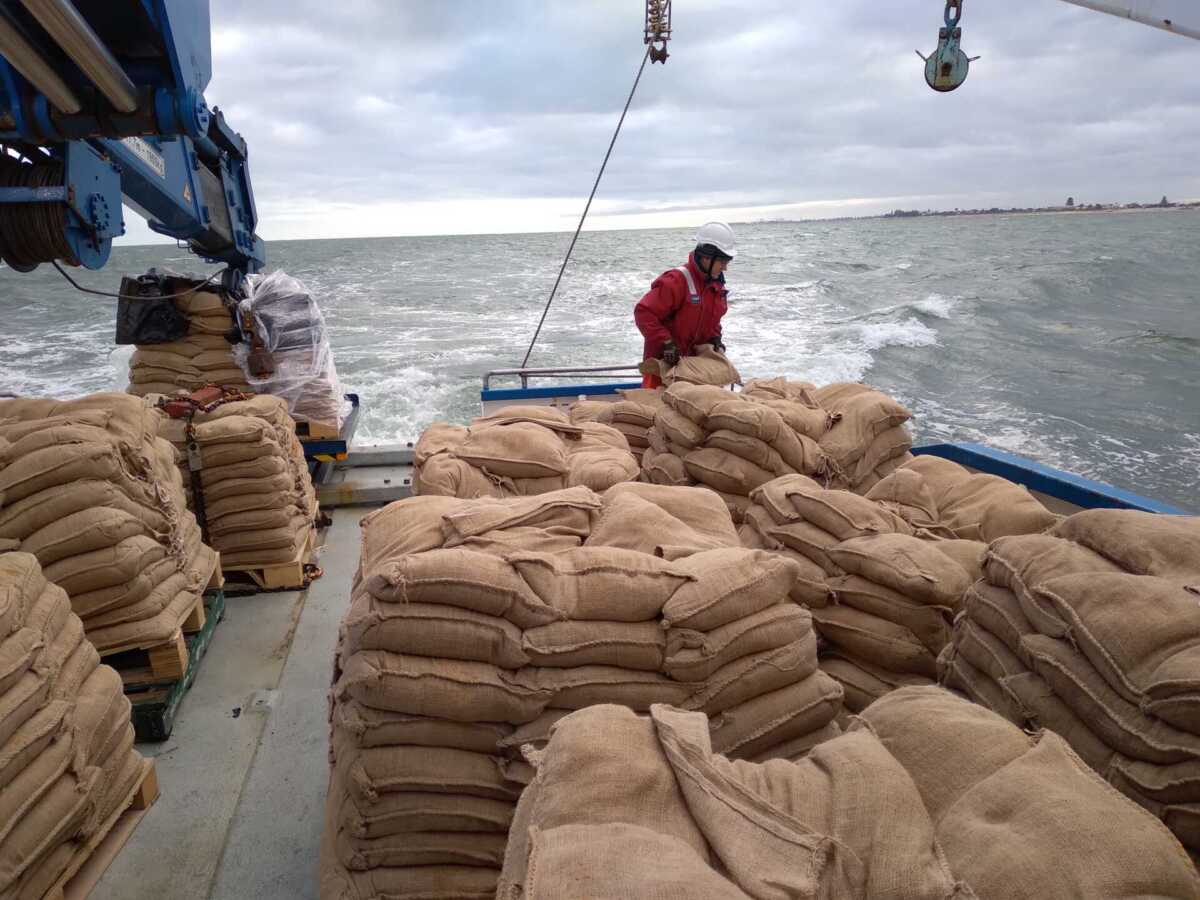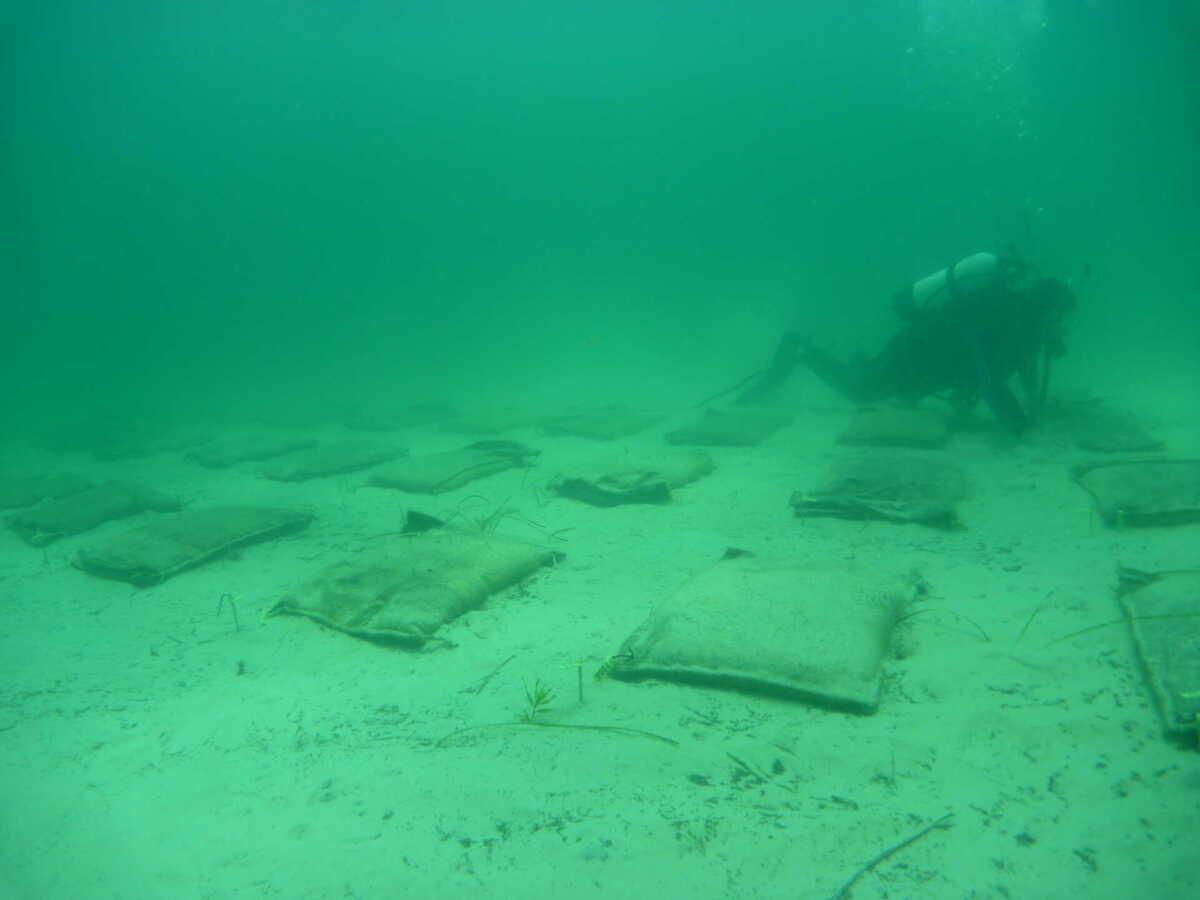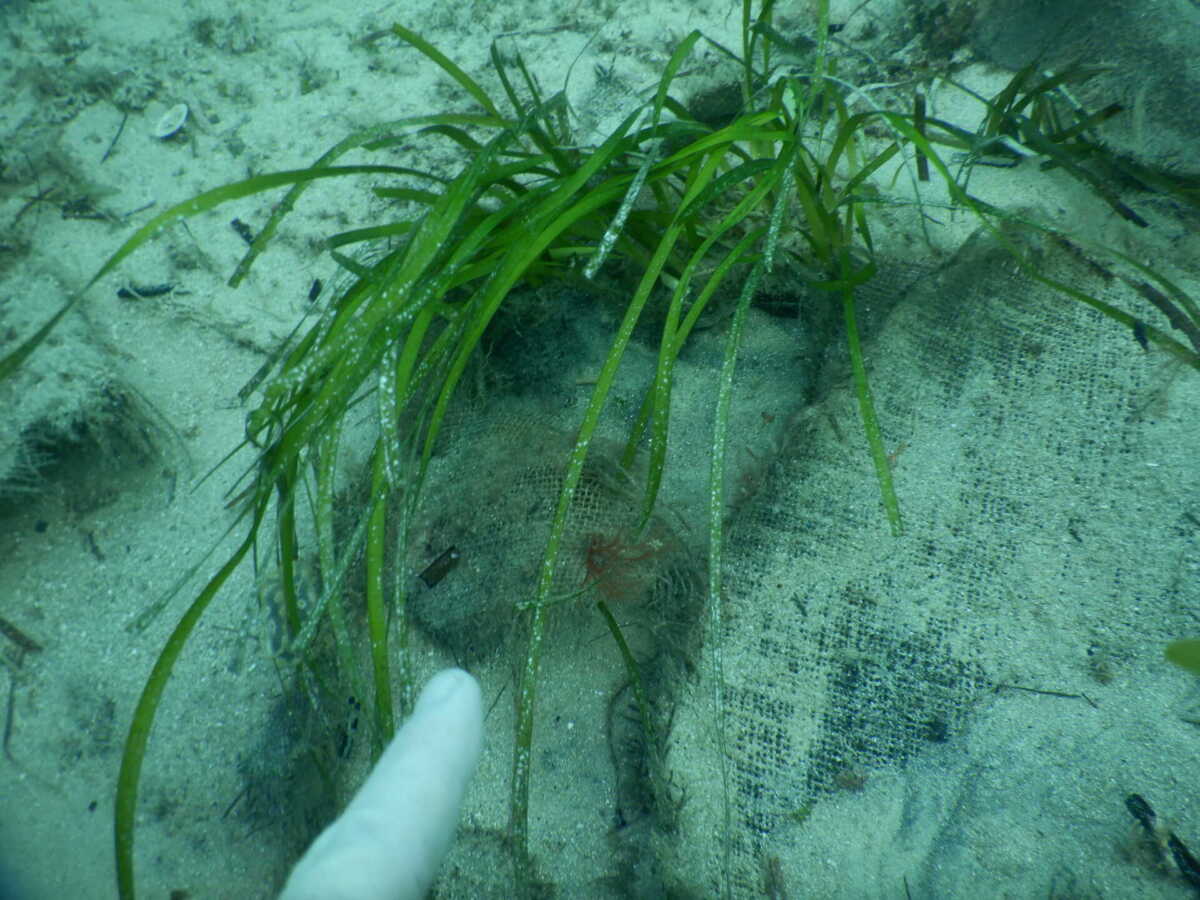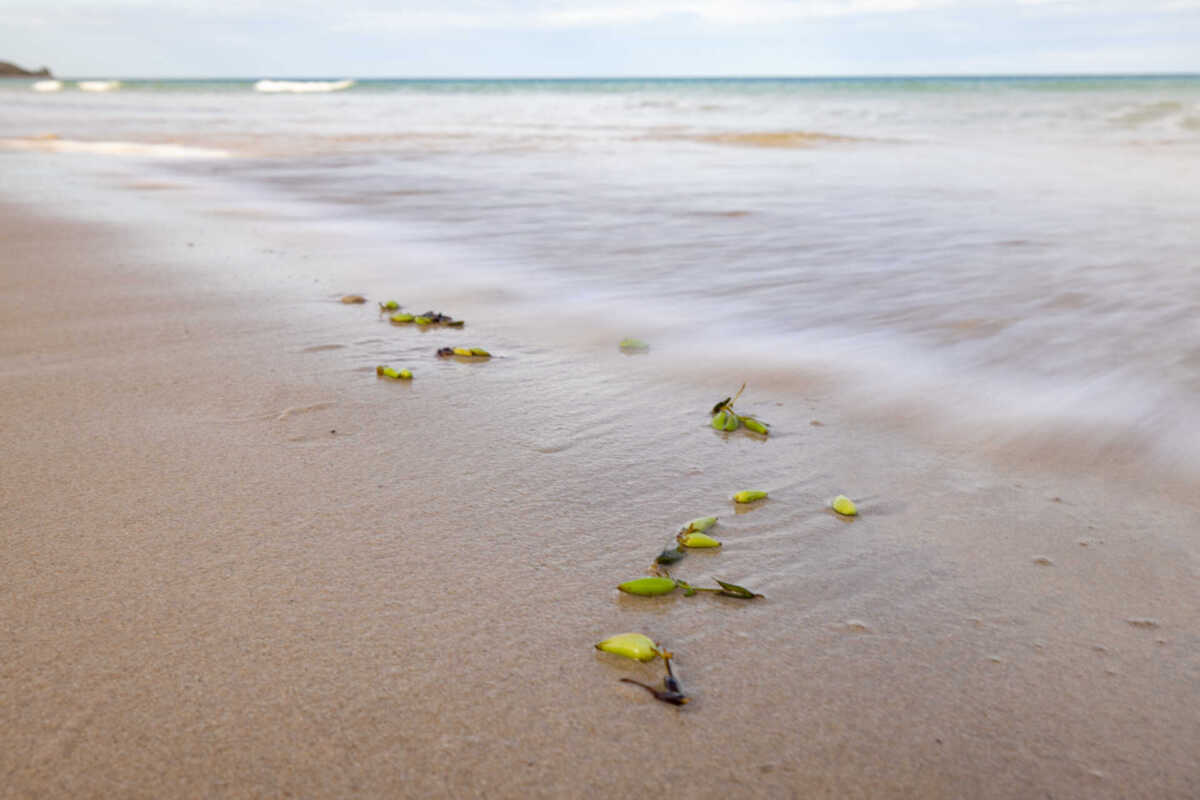Seeds for Snapper’s growth in South Australia a huge win for seagrass restoration
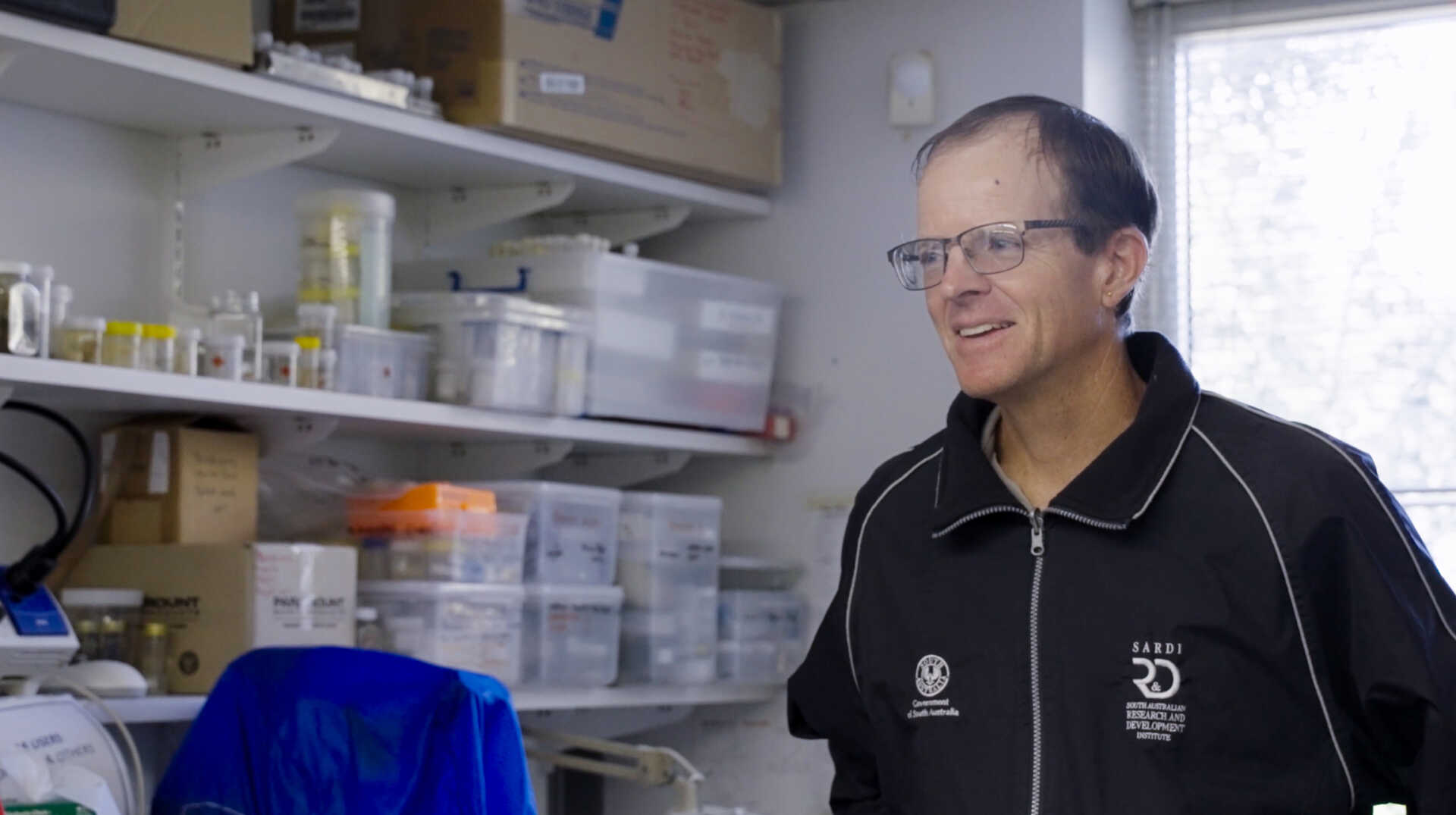
There is renewed optimism for the future of seagrass restoration in South Australia due to the humble hessian bag, which has been at the heart of the Seeds for Snapper project now entering its fourth year.
Associate Professor Jason Tanner, Subprogram Leader – Environmental Assessment and Rehabilitation at the South Australian Research and Development Institute, took a look below the surface on the latest episode of OzCast, the official podcast of OzFish Unlimited, Australia’s recreational fishing charity.
Professor Tanner has spent over 25 years developing seagrass restoration methods and after a long period of trial and error, he found sandbags worked best in the coastline in Adelaide and surrounding areas.
He refined the technique over the years as he gained a greater understanding of the timing of recruitment.
“We know a hundred years ago or less you could wade off the Adelaide coast and reach seagrass,” he said.
“Now the seagrass line is about 7-8 metres water depth, that can be a kilometre or so offshore.
“We have documented over 6000 hectares have been lost off the Adelaide coast. We know that there’s a lot more that’s probably been lost in deeper water before we had the technology to document it.
“We’ve got areas in Spencer Gulf where we know 10,000 hectares have been lost and lots of other smaller areas. It is a large problem.
“We’ve got patches that look like healthy seagrass meadows now. I think we’re on the right track. Things are looking up.”
The Seeds for Snapper project in South Australia focuses on Adelaide and the Fleurieu Peninsula.
The community-driven rehabilitation effort relies on dedicated volunteer beachcombers and boaters who collect the seagrass fruit they find – either with a bucket if it’s washed ashore or a net if it’s floating on the ocean’s surface.
Their bounty is then delivered to purpose-built aquaculture tanks where they are processed and sewn into sandbags for deployment at designated sites.
Professor Tanner’s hessian sandbag technique can be deployed for 5-10% of the cost of traditional transplantation involving divers and also doesn’t require the removal of seagrass from a donor meadow.
The sandbags provide a stable environment that overcomes sand movement and allows the seedlings to establish, before the bags rot away.
“I’ve been working closely with Seeds for Snapper here in Adelaide,” he said.
“They’ve adopted my techniques and every year I’m going out and talking to volunteers, giving them background on why and how we need to do this, making sure my research isn’t just sitting on the shelf, it’s actually being delivered into communities.
“They can use the information and maximise their chances of success as well.”
Without the bags, seedlings don’t have much to attach to and any that do settle get washed away in storms.
For recreational fishers, there is a direct correlation between the amount of seagrass and the numbers of some of the most popular fish for anglers in the area.
“It’s an extremely important habitat for a lot of iconic species like King George whiting and garfish, who rely almost entirely on seagrass habitats,” Professor Tanner said.
“A lot of other species rely directly on seagrass at some stage in their life cycle or their food resources come from seagrasses.”
And when it comes to the importance of seagrass meadows on the wider natural environment, their impact cannot be understated.
“A typical seagrass meadow stores more carbon than a standard terrestrial forest,” he said.
What that means is it’s pulling carbon dioxide out of the water and ultimately out of the atmosphere and reducing global warming.
“If you lose the seagrass, all that stored carbon ultimately ends up back in the atmosphere so not only are we losing its ability to draw carbon dioxide out but it’s pumping it back in.”
Recent improvements to wastewater treatment and stormwater runoff have led to some natural recovery, but changes in sand movement resulting from the loss of meadows now prevent recolonisation of many areas.
“Without the seagrass you’ve got a fairly smooth seafloor,” he explained.
“You can think of it like a tiled kitchen – if you run along that in socks, you can skid on it. Go into your loungeroom with nice plush carpet and you can’t do that, and effectively the same thing is happening with water motion.
“With no seagrasses, it slides along quite easily without any friction. If you’ve got seagrass there, you’ve got a lot of friction and it slows down the water movement.
Despite the growing army of volunteers who sign up every year for Seeds for Snapper, vast amounts of fruits still float out to sea or go untouched when washed ashore.
So OzFish is on the lookout for more interested community members to lend a hand this December to make this year’s project the biggest and best yet.

